Which wallpaper is better - vinyl or non-woven?
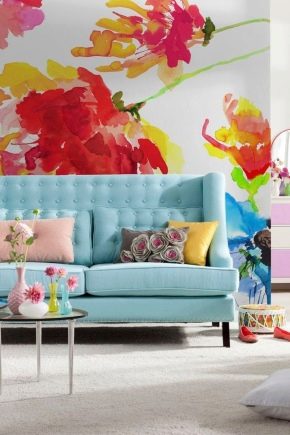
Repairing or equipping an apartment is always not an easy task, and very often there are many questions that are not so easy to solve. Modern production provides a huge assortment of choice of goods, and often the choice is made "at random", while you need to approach it more seriously. For example, it is worth considering which wallpaper is better - vinyl or non-woven.
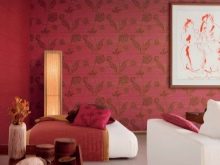
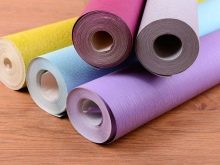

What is the difference?
Since before people knew about only one type of wallpaper - paper, no one had any questions about which ones should be chosen, which ones are better, what is the difference, because there was no difference, if we ignored the colors and patterns. Paper, of course, is a classic, but you shouldn't be limited to it. Modern industry offers at least two more options - non-woven and vinyl wallpaper.
Each of them has its own disadvantages and advantages, and it is worth learning a little about each option in order to make the right choice.

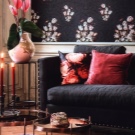
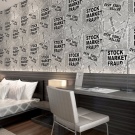
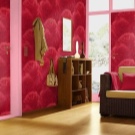
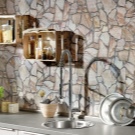
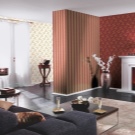
Vinyl are created on the basis, respectively, of vinyl, and are two layers - one woven or paper, the second vinyl. Unlike non-woven, they are two-layer.
They are divided into several types.
- Foamed. Rather, they are suitable for non-residential premises, since they are very dense, and their moisture resistance is slightly lower than that of other vinyl wallpapers, but they perfectly hide wall defects.
- Washable. They are especially used in kitchens and bathrooms precisely because of their special resistance to chemical detergents and moisture.
- Silk-screen printing. In the second, directly vinyl layer, silk threads are present. Such wallpapers are cast with mother-of-pearl, are pleasant to the touch and do not fade.
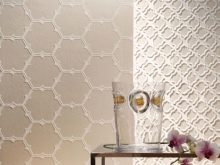
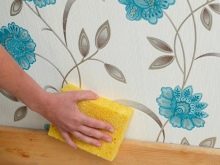
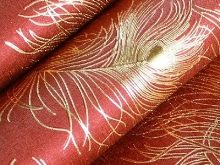
Non-woven ones differ from vinyl ones, first of all, in texture - they are single-layer. They are made from natural material, natural cellulose, which makes them more environmentally friendly, and this is perhaps the most significant difference between the two. They also perfectly keep their shape and hide the unevenness of the walls: if you choose this wallpaper, you do not have to plaster and level the surface before gluing.
It should be said that vinyl wallpapers, as a rule, have a wider choice of colors and patterns. They are produced in literally all colors and with various patterns, imitate wood, tiles, stones - whatever. There are also separate wall stickers made of this material. If we compare, then non-woven fabrics are produced mainly in monophonic versions, there are, of course, drawings, but their choice is not so great. Most often, non-woven wallpaper is smooth, embossed is a little more difficult to find. By the way, they can be painted, changing the design in this way.
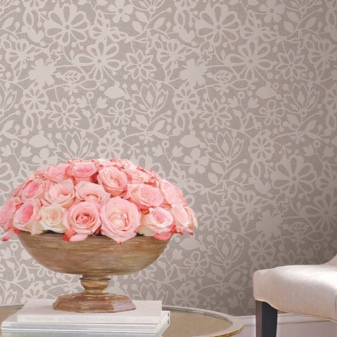

Speaking about the differences and similarities between these two types of wallpaper, one cannot fail to mention the universal version, which combines the properties of both the first and the second. This is a vinyl wallpaper with a non-woven backing.
They can be washed with detergents and are resistant to getting wet. The method of gluing is extremely simple: like non-woven ones, they do not require plaster and putty, they can also be painted.
Wallpaper does not absorb dust, which is very important not only for asthmatics, allergy sufferers and families with small children, but also for everyone who cares about their health. However, due to the vinyl layer, the air tightness is poor.
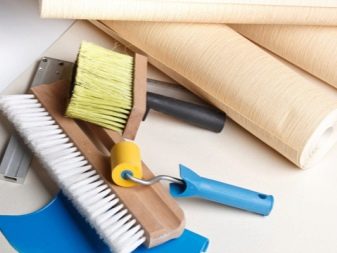
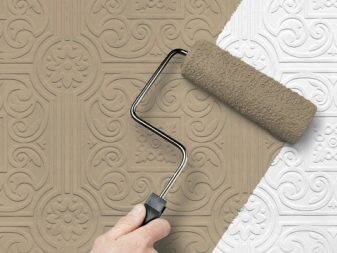
Moisture resistance
Best interacts with water, of course, vinyl wallpaper.They literally "do not burn in fire and do not drown in water", are waterproof, wet cleaning even in tandem with brushes and cleaning agents will not harm them. Moreover, they are impregnated with special agents that do not allow bacteria, fungi, and mold to settle, which undoubtedly makes vinyl wallpaper an excellent option for bathrooms and kitchens.
Non-woven wallpaper is recommended for use in rooms with dry air, since cellulose is highly hygroscopic and low waterproof.

What is safer and what is more harmful?
Polyvinyl chloride, from which vinyl wallpaper is made, is a synthetic material that is capable of releasing various harmful substances like formaldehyde and vinyl chloride.
They also do not breathe, do not allow air to pass through; Despite the fact that vinyl wallpapers with micropores, designed to improve airtightness, are now especially popular, they do not cope with this role. In a kitchen or bathroom, it will not harm a person, but for a bedroom, living room, or even more so for a nursery, it is better to choose non-woven wallpaper.
They breathe, are made of environmentally friendly material, and the glue that connects the cellulose fibers is safe.


Which is heavier?
Vinyl wallpaper is undoubtedly heavier and thicker than non-woven wallpaper, since non-woven wallpaper has a lower specific density, which makes it lighter, and also consists of only one layer. In addition, in the case of this type of wallpaper, it is not recommended to use glue for heavy cloths; it is best to opt for a paste or glue for paper canvases, if there is no way to purchase a specialized one.
Also, which is very important, when gluing non-woven wallpaper, the glue itself is not applied to the canvas, that is, it does not make it heavier.
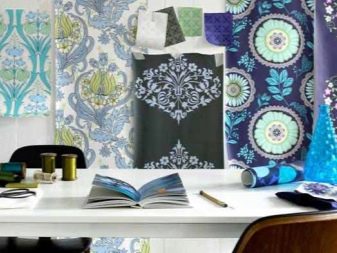
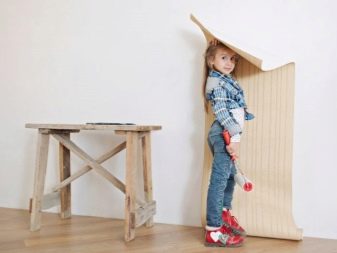
What is stronger?
We can say that vinyl wallpaper is wallpaper for centuries. They really have good practical characteristics, and they serve in an unchanged state for about 10-12 years. It should also be mentioned that they are not afraid of physical damage: scratches from metal objects, for example, and sunlight, while non-woven ones are easy prey for the claws of pets and not very careful household members, they are prone to tears and mechanical damage.
With all this, these wallpapers also serve for about ten years, but their wear resistance is gradually deteriorating - they are not resistant to abrasion.
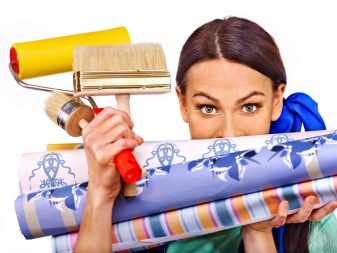
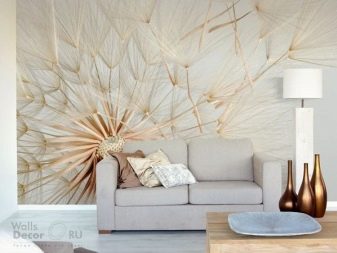
What is more expensive?
Price is often one of the main selection criteria. In general, of course, vinyl wallpaper is much cheaper than non-woven wallpaper (a roll of non-woven wallpaper a meter wide and 10 m long will cost you 500-700 rubles, while a roll of vinyl with the same characteristics is less than 400), but if we are talking is about silk-screen printing, then not everything is so simple. The vinyl wallpaper made using this technique is interspersed with silk threads, which immediately makes them more expensive.
The price of vinyl wallpaper on a non-woven base often reaches 800-1000 rubles per roll of 1 * 10 m. Also, in the case of vinyl, a lot depends on the pattern, its complexity and individuality, and the number of small details. Solid colors will always cost less.

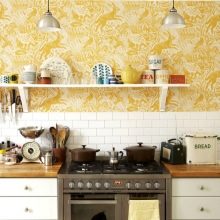

Which are the softest?
Non-woven wallpaper is denser and more uniform in texture, like a fabric, which makes it more resistant to stretching and tearing than vinyl. Vinyls, firstly, are thinner even in spite of the double layer, and dryish in texture, feel similar to paper, since it is it that "lies" under the vinyl layer.
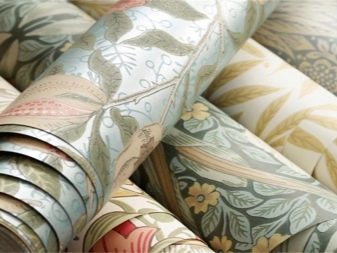
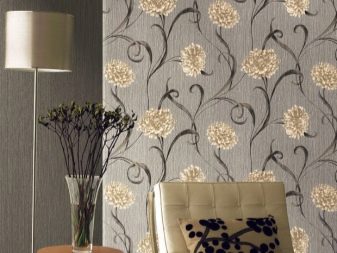
Ease of gluing
In order to stick vinyl wallpaper, you will need to apply wallpaper glue to it - a special one designed for heavy or vinyl samples, but remember that when wet under the influence of the glue, they become many times heavier, which makes it difficult to stick them evenly. Be careful.
You need to stand for about five minutes, no more, otherwise the paper or fabric layer will deteriorate, then you need to apply them to the wall and align, as is the case with any wallpaper.
It is better not to do gluing alone, at least with one more person.If there are difficulties, you can also glue the wall with glue.
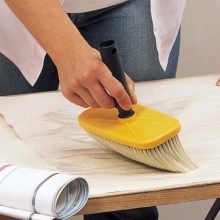
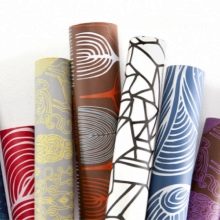
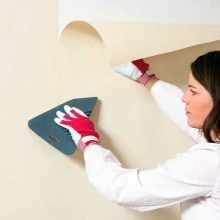
A huge advantage of non-woven wallpaper is that it can be applied over other similar ones. That is, in the case of repairs, you do not have to suffer and tear off the old ones - you can just stick others on top.
For gluing this type, you also need glue for non-woven wallpaper, but you do not need to apply it to the canvas - it is applied directly to the wall, and the wallpaper is glued end-to-end. Samples do not shrink. Without a doubt, non-woven wallpaper is much easier to glue than vinyl wallpaper, if only because one person can handle it.
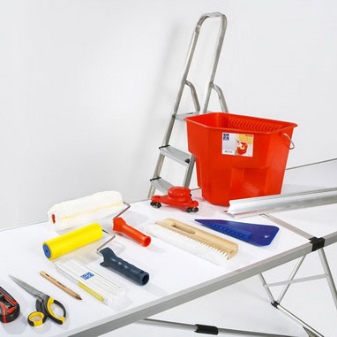
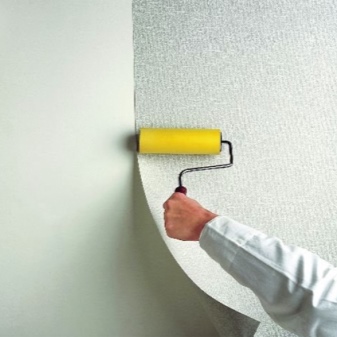
After "installing" the non-woven fabric on the wall, you should walk along the canvas with a roller: first from top to bottom in the center, and then "herringbone" from the center to the edges. It is very important here to correctly position the first page, since each subsequent one will be guided by it. You can arrange stripes both vertically and horizontally. In the latter case, the likelihood that the joints will be noticeable is minimized.
Non-woven vinyl wallpaper is glued in the same way as non-woven wallpaper. In the case of a non-woven base, you can use ordinary paper wallpaper glue, which has a light composition, or a high-quality homemade paste. The herringbone principle is also required here.
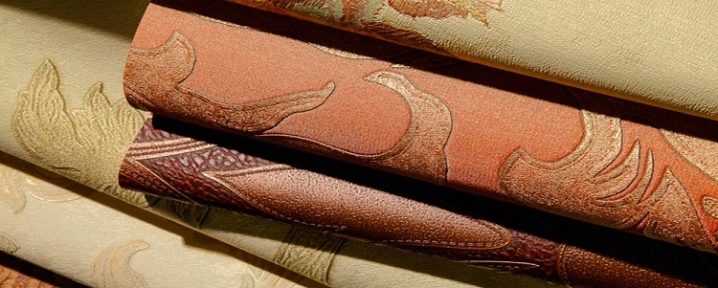
How to identify material?
Vinyl or polyvinyl chloride (PVC) is a chemical material that is also used in the production of linoleum, suspended ceilings, and even clothing and vinyl records. In fact, it is plastic. In the case of wallpaper, vinyl is on the second layer, on the first - paper, fabric or non-woven. Vinyl wallpaper usually looks like a canvas of small thickness without pores, quite dense to the touch. You may have doubts about vinyl foam. Outwardly, it resembles non-woven fabric, and you can only distinguish it by touch. It is softer.
Natural cellulose, from which non-woven wallpaper is made, is also used in the creation of clothing and can be considered a natural material. You can recognize it by the fact that it looks like paper, but it is a non-woven material and is denser than fabrics, thicker than vinyl.

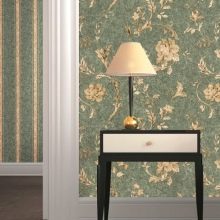
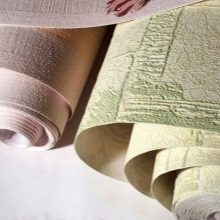
What is the best choice?
When choosing wallpaper for a room, focusing on the above information, you should make a list of questions, the answers to which will help you make your choice, for example, in which rooms it is better to use vinyl wallpaper, and in which it is absolutely impossible. It is not hard to guess that vinyl wallpaper is really a godsend for rooms with high humidity, kitchens and bathrooms, as they are waterproof. However, vinyl's impermeability and chemical release makes them unsuitable for bedrooms and especially for children.
But if you suffer from any lung diseases, you have small children, you take care of your health or choose wallpaper for bedrooms, opt for non-woven. They are also easier to glue - you can do it alone.
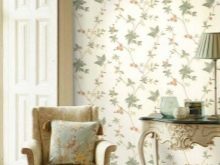
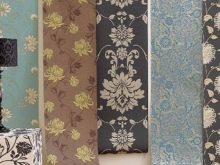
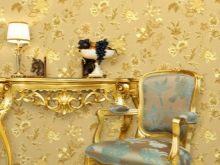
If design is important to you, most likely you will opt for vinyl wallpaper - after all, they will have a wider range of colors. But the color of non-woven wallpaper can be corrected with paint, and they can be glued over other non-woven wallpaper, which will save both money and nerves, despite the fact that non-woven wallpaper is more expensive. It will also help in a short time to change the design of the room. Vinyl wallpapers are even more resistant - they do not fade, they are resistant to getting wet, they do not fade, they are not afraid of mechanical damage.
Thus, focusing on the properties of each material and wallpaper made from it, it is not at all difficult to make a choice. After all, the best wallpapers are those that suit the characteristics of your particular apartment or a particular room.

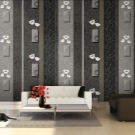
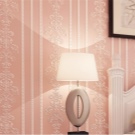


In this video, Anton Maslov will share the secrets of choosing the right wallpaper.













The comment was sent successfully.